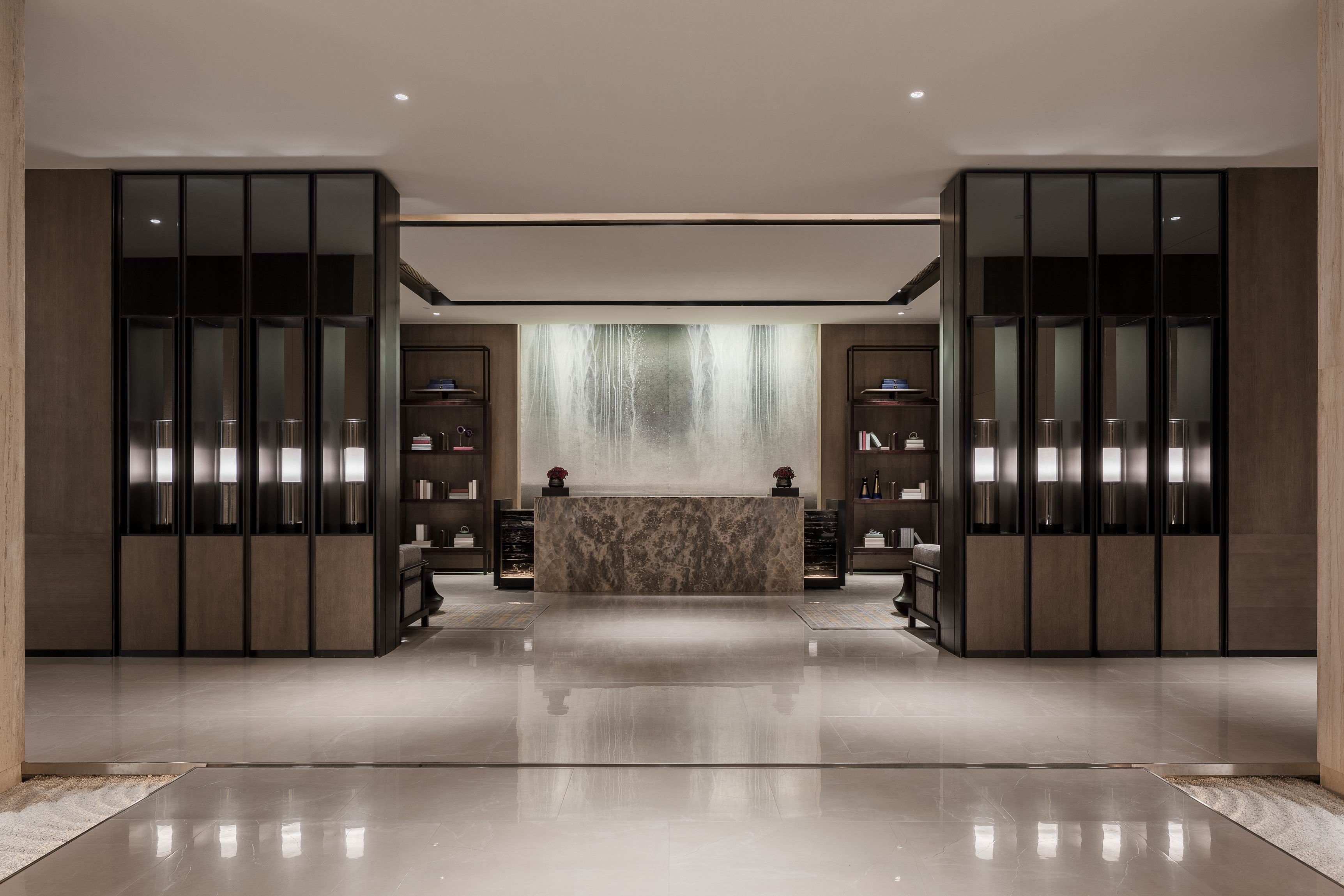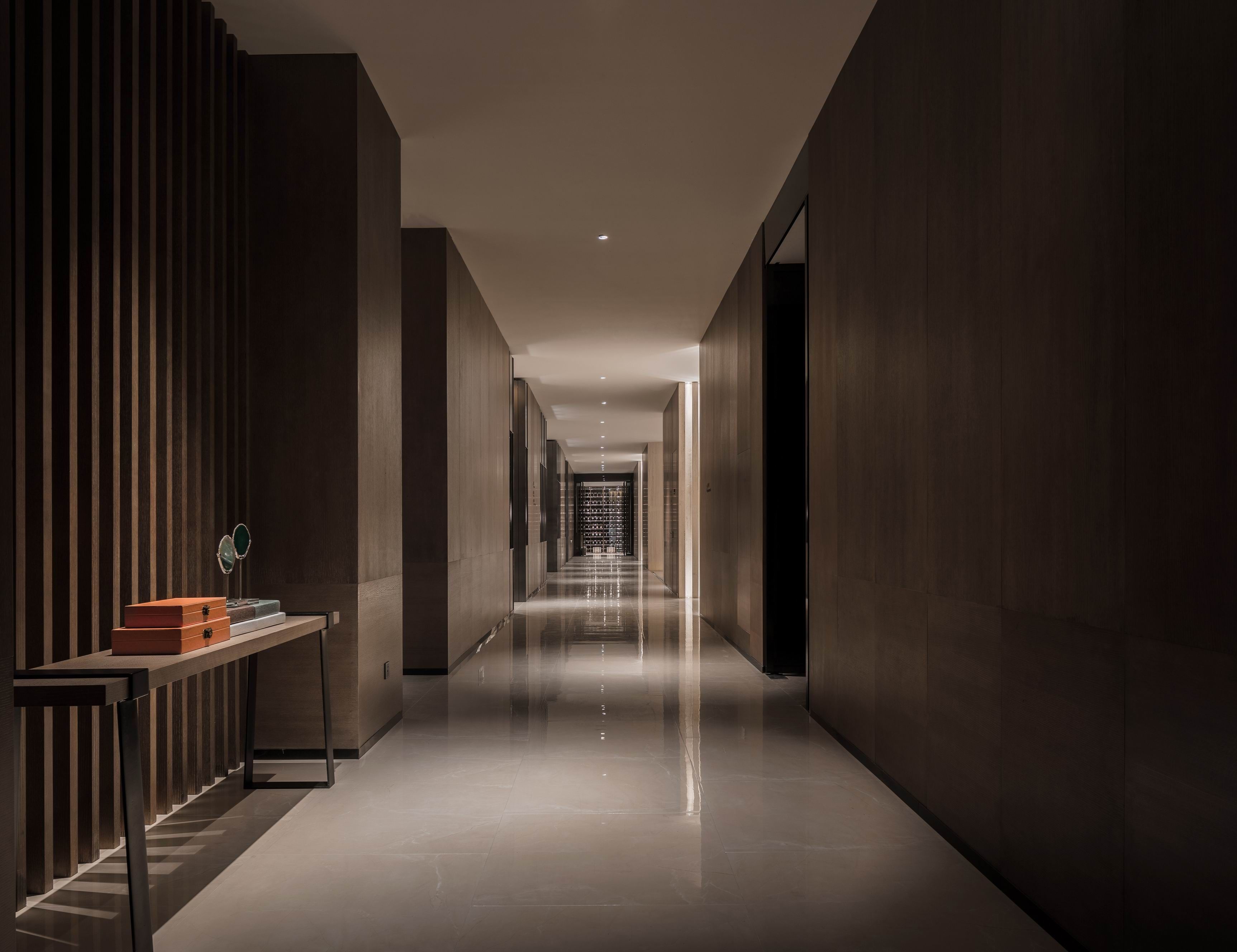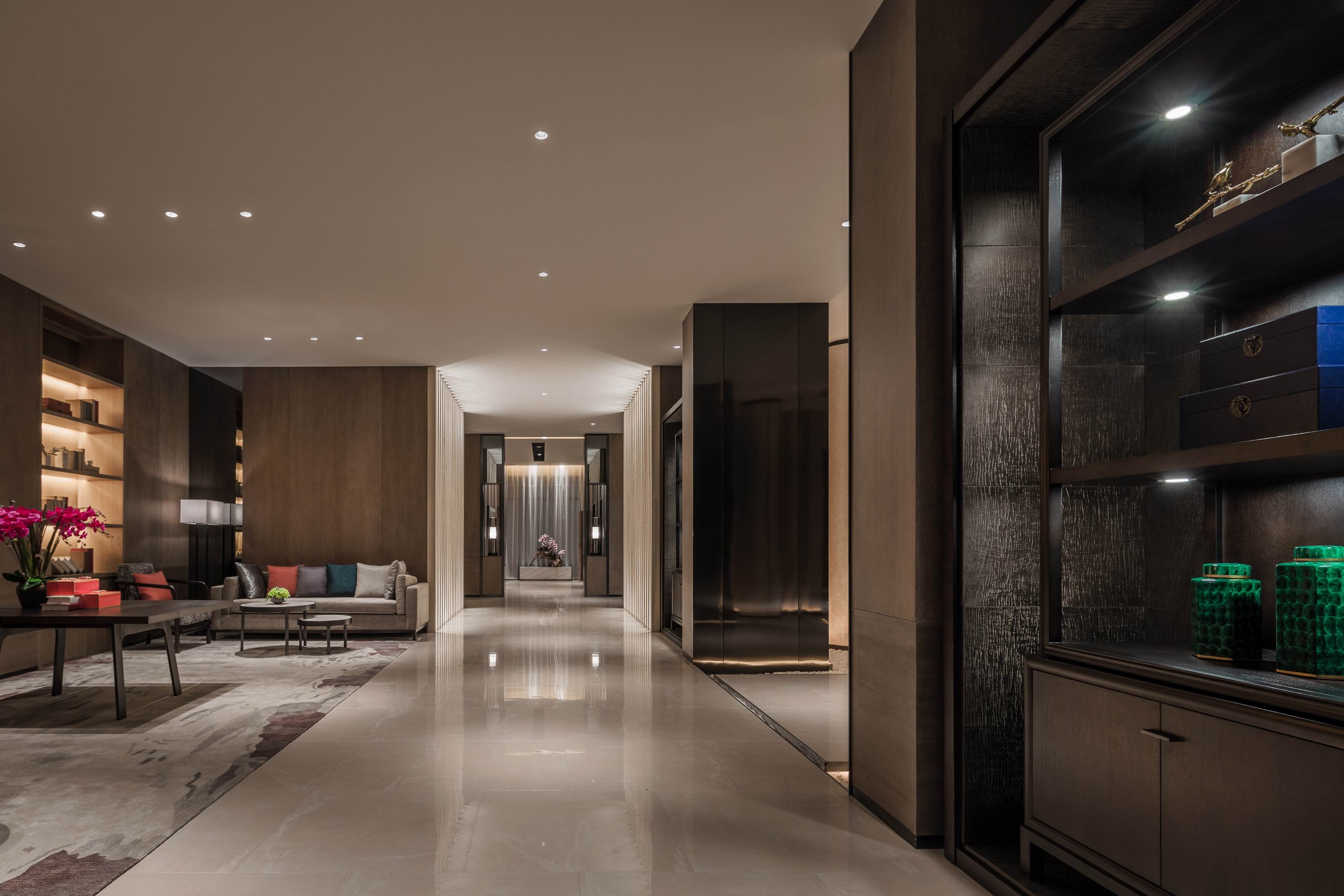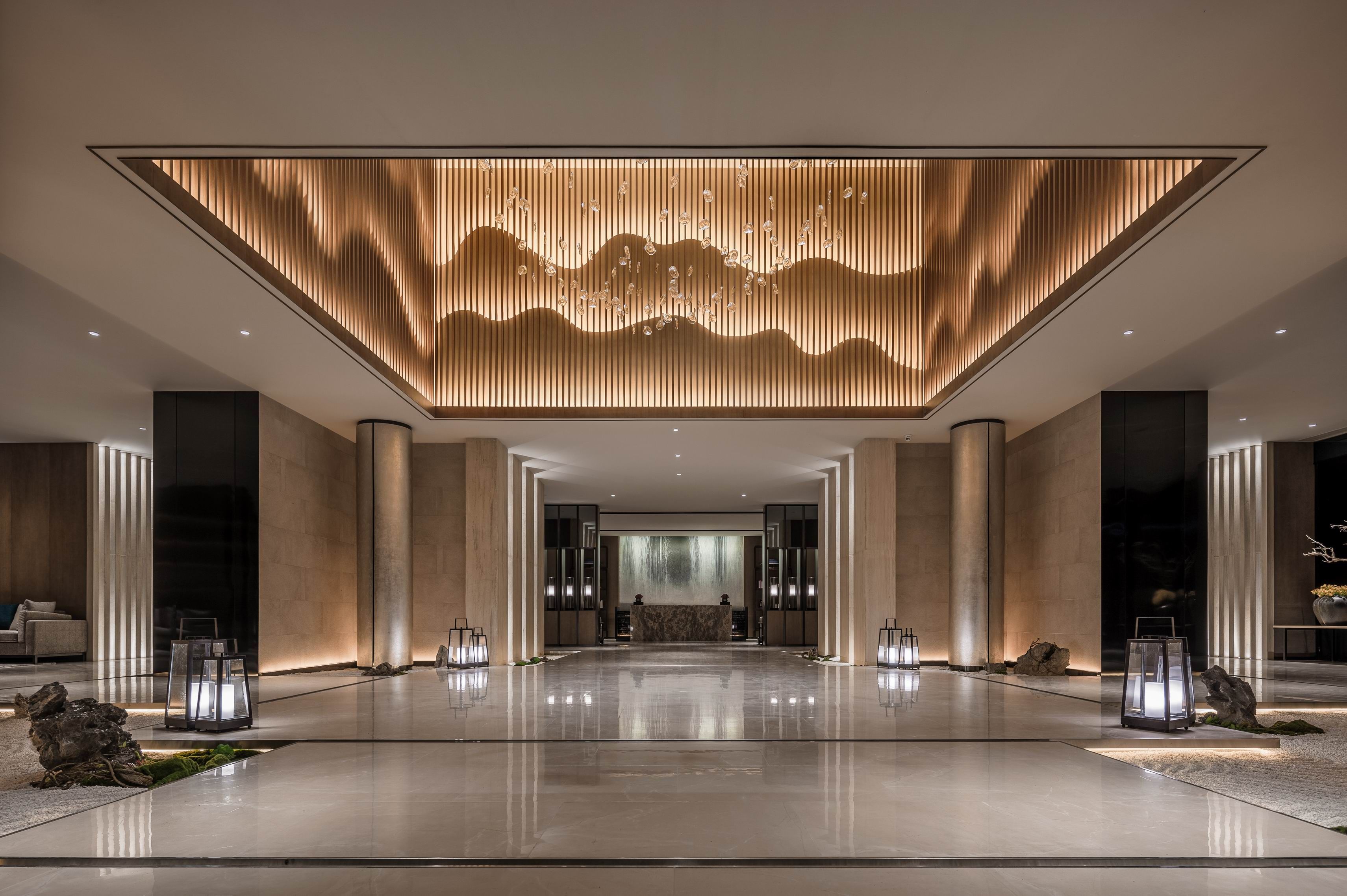
Shang Ju Hotel by Si Han Design
In this interview, we asked Li Chen Ding, of Si Han Design, about their 2018 Interior Design / Hospitality winning project, Shang Ju Hotel, along with several other design-related questions.
At the beginning of Sihan Design’s establishment, I devoted myself to the exploration and practice of commercial space design. I tried to adjust the market in terms of operation, design, market form, etc. in order to be accurate. I was absorbed in the internationalization narrative of local language in practice methodology and strived to innovate. Now, excellent achievements have been made in many areas, such as hotels and entertainment. Excellent design innovation ability and professional business space integration have made the company’s brand well-known in the industry.

When we are in the midst of a busy urban business trip, we will inevitably be physically and mentally exhausted. If there is a place to relax and calm the soul, it will also be an escape from our exploration — to reveal the state of mind that hides the mind — and let the guests walk in the tranquillity of the city. When designing, it is necessary to have space between functions and to make the vision transparent. Therefore, we adopted the layout of the Chinese courtyard, which perfectly combines these.

The design process involved early survey and analysis of the environment of the hotel and research on local cultural features. These were then applied to the hotel design, bringing unique charm and competitiveness to the hotel. This well-designed composition also doubles the charm of the lighting, with much thought from the designer given to each light and shade.
There was very little time to complete the survey, with the design and construction happening at the same time. Efficient communication and mutual trust were key to the success of the project, overcoming the challenges presented.

I believe the most outstanding and innovative part of the project was not to pile up elements, with minimalism being an interpretation of Chinese traditional culture. This was done by borrowing some of the traditional techniques from ink painting; the composition of a painting, the arrangement of all objects and lines needs to be dense, as is the architecture. This was the way to break the stereotypical, sluggish landscape image caused by the flat and uniform, in order to create a beautiful, rhythmic and flexible artistic effect.
The blank is one of the most important forms of beauty in the composition of Chinese paintings — do not pursue the integrity of objective objects like natural attributes, but only the communication of subjective spirit through original ecology, environmental protection, texture, and nature. The spatial block relationship is closely related to light — quiet, rustic light.

I am very fortunate to have engaged in a design career, as it is not only my job but also my hobby, something I deeply enjoy doing. I personally admire the work of two architects, David Chipperfield and John Pawson. I would like to take part in some public projects, such as museums. I think future trends, such as 3D printing and VR holography, will be expressed in our projects, which shall result in changes to the way we operate.
I think in our career, in addition to doing some business projects, it will be more meaningful to participate in social projects. Otherwise, our career can only make the world look better, better looking and more useful. That’s all. Here I want to quote a famous saying. “We don’t ask to be eternal beings, we only ask that things do not lose all their meaning.” — Antoine De Saint Exupéry
It’s an honor to get the Architecture Master Prize. It’s also an inspiration to our team. Next, I’ll make better works to continue to participate!
Many thanks to Li Chen Ding for answering our questions and, especially, for the fascinating and beautiful discussion of the connection between design and Chinese paintings.
